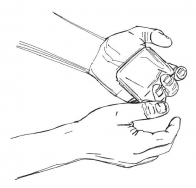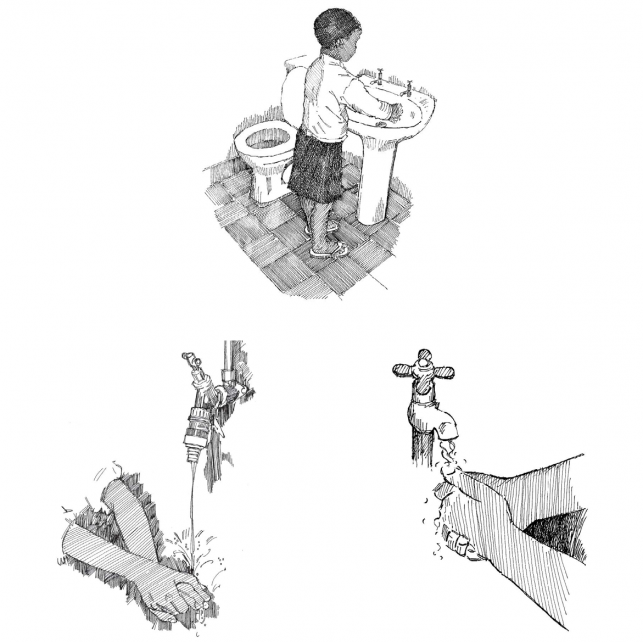34. Handwashing with soap
34. Handwashing with soap
Last update: 2023-08-02
Overview
Handwashing is one of the most important ways to prevent the spread of several epidemics, especially diarrhoeal diseases. Handwashing is easy and everyone (including children) can and should do it. To wash hands people must have access to water and soap.
Hands should be washed with soap:
- BEFORE:
- Preparing food
- Eating
- Feeding a child
- Breastfeeding
- Caring for someone who is ill or treating a wound (yours or someone else’s)
- AFTER:
- Using the toilet
- Men, boys, women and girls should wash their hands after using the toilet
- Women and girls should engage in menstrual hygiene during their monthly menstrual cycles
- Promote the use of clean, dry materials (disposable or reusable)
- Promote changing menstrual materials and bathing as often as needed.
- Discourage sharing reusable pads with anyone else
- Cleaning a baby
- Touching garbage or waste
- Touching or feeding animals; handling raw meat
- Blowing nose, coughing or sneezing
- Treating wounds or caring for sick people
- Coming into contact with a sick person in an epidemic (see Action Tool Handwashing in a highly infectious epidemic)
- Using the toilet
What to do and how to do it
How to wash hands
- Wet your hands and rub them with soap.
- Rub all parts of your hands together for 10 to 15 seconds.
- Use lots of force (push your hands together hard) and remember to wash all surfaces, including the backs of the hands and between the fingers.
- Rinse hands well so they are free of soap.
- Dry hands with a paper towel. If there is no towel, wave them in the air until they are dry.


